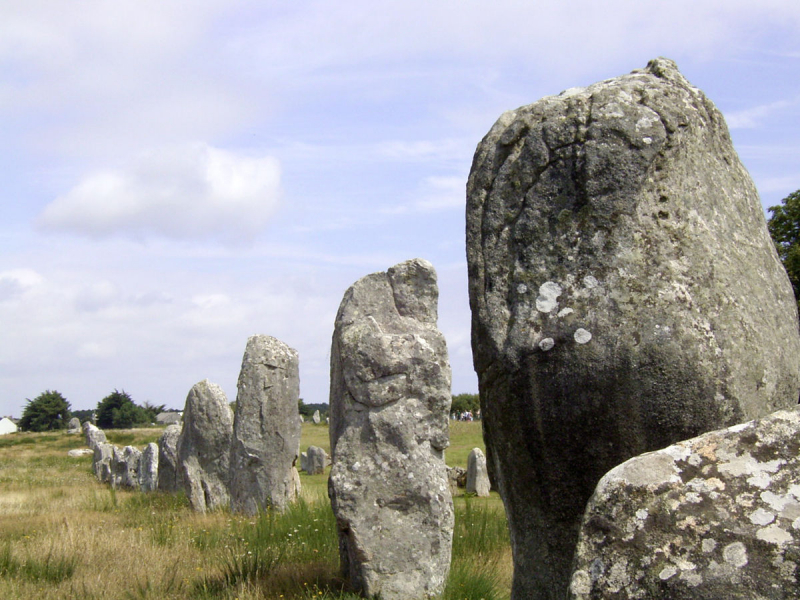The Carnac Stones

Hundreds of megalithic sites dot the landscape around Carnac on the south coast of Brittany, France. People in the Carnac region began creating these megaliths around 5000 BC. Because of the sheer size and amount of stones, archeologists believe the area must have had a massive, vibrant, and well-organized civilisation for the next 2000 years. Because it was shielded by the Quiberon Peninsula and had multiple fresh-water springs, it would have been an ideal location for hunting, fishing, and gathering shellfish and berries. It is claimed, however, that the emergence of agriculture, which entailed caring for domestic animals and cultivating crops, liberated people, allowing them to create these vast complexes. But why did they construct it?
Megaliths, dolmen (stone tunnels), and tumuli (dolmen covered by enormous mounds), as well as single-standing stones, have been recognized as burials or could be related with graves (menhirs). The purpose of the long stone lines (alignments), stone circles (cromlechs), and the majority of the menhirs, on the other hand, has been lost to the centuries. Some believe these are ancient farmers' observatories or calendars used to understand the seasons and when to cultivate or harvest their crops. Priests may have used them to prophesy horrible catastrophes such as solar and lunar eclipses.
Dated: as early as 4500 BC.
Address: Lieu-dit le Ménec, 56340 Carnac, France













